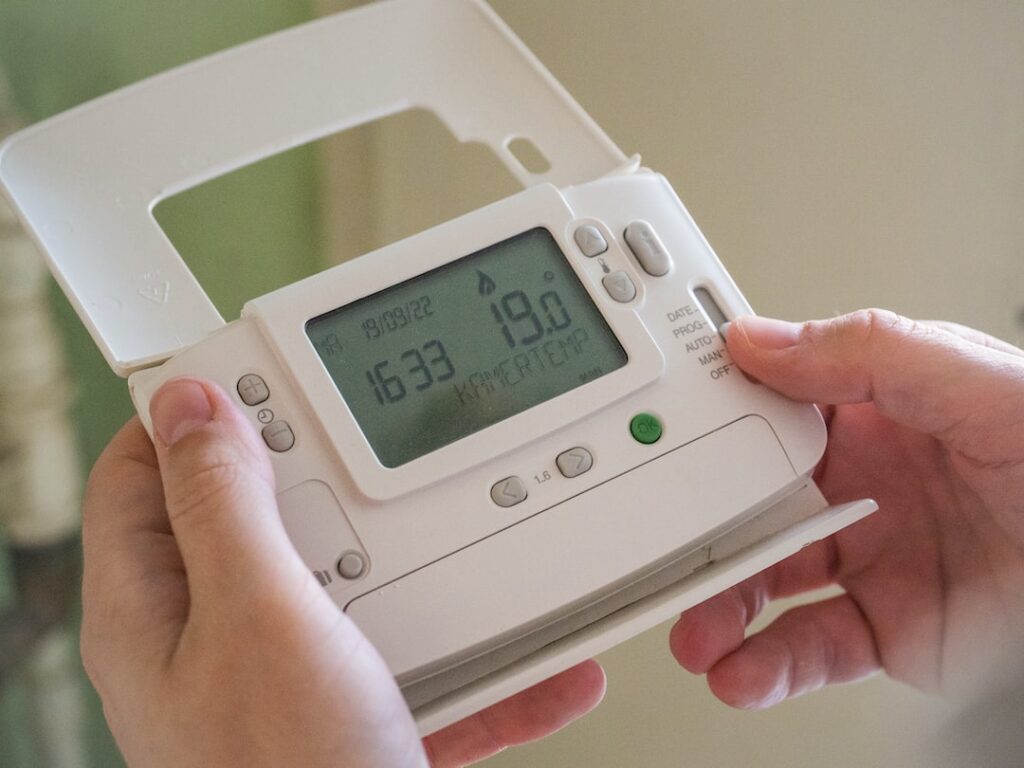Is your furnace ready to tackle the winter chill?
As temperatures drop, ensuring your heating systems operate efficiently is essential. One important component is the ductwork. This plays a crucial role in delivering warm air throughout your home.
Identifying furnace ductwork problems early can prevent inefficiencies. In this guide, we’ll explore how to recognize common ductwork issues. Read on to ensure your home stays warm and comfortable all winter long.
Visual Inspection
The first step in assessing your ductwork is a visual inspection. Look for visible signs of damage, such as:
Dents and Holes
Check for any dents, holes, or gaps in the ductwork. Even small holes can lead to furnace airflow problems. This can cause energy loss as heated air escapes into unconditioned spaces.
Disconnected Ducts
Ensure that all duct sections are properly connected. Loose or disconnected ducts can cause air leaks and inefficient heating.
Rust and Corrosion
Inspect for any signs of rust or corrosion, particularly in metal ducts. These issues can compromise the integrity of the ductwork and lead to leaks.
Check for Air Leaks
Air leaks in the ductwork can significantly reduce heating efficiency. Here are some methods to identify leaks:
Smoke Test
Use a smoke pencil or incense stick to identify leaks. Move the smoke around duct joints. If the smoke is drawn into a joint or blown away, you have a leak.
Foil Test
Tape a piece of foil over a vent and check if it blows away when the furnace is running. If it does, air is leaking from somewhere in the duct system.
Listen for Unusual Noises
Unusual sounds can indicate problems with your ductwork. Pay attention to:
Rattling or Banging
These noises may suggest loose or improperly secured ducts. This can lead to air leaks and decreased efficiency.
Whistling or Hissing
If you hear whistling or hissing noises, it may indicate air escaping from small leaks or poorly fitting ducts.
Monitor Energy Bills
If you notice a sudden spike in your energy bills, it may be time to inspect your ductwork. Increased energy costs can indicate that your furnace is working harder due to leaks or blockages in the ducts. Keep track of your bills and compare them to previous months to identify any unusual trends.
Check Indoor Air Quality
Ductwork issues can contribute to poor indoor air quality. Pay attention to:
Dust Accumulation
If you notice excessive dust in your home, it could be due to dirty ducts or leaks. They allow dust and allergens to enter your living space.
Unpleasant Odors
Unusual smells, particularly musty or moldy odors, can indicate moisture problems in the ducts. This can lead to mold growth.
Schedule Professional Maintenance
While DIY inspections can help identify potential HVAC duct issues, a professional HVAC technician can conduct a thorough evaluation. They have the tools and expertise to detect hidden problems.
If you live in Michigan, consider checking the HVAC services in Lapeer County. They can provide you with a comprehensive assessment of your heating system. They can also help you ensure it operates at peak efficiency.
Handling Furnace Ductwork Problems Effectively
Identifying furnace ductwork problems before winter is crucial for maintaining a comfortable and energy-efficient home. By using the tips above, you can catch potential issues early.
Don’t hesitate to schedule professional maintenance to ensure your system is ready for the cold months ahead. With a proactive approach, you can enjoy a warm, comfortable winter without unexpected heating expenses.
Take a moment to browse through some of our other blog posts for more guides and tips.







